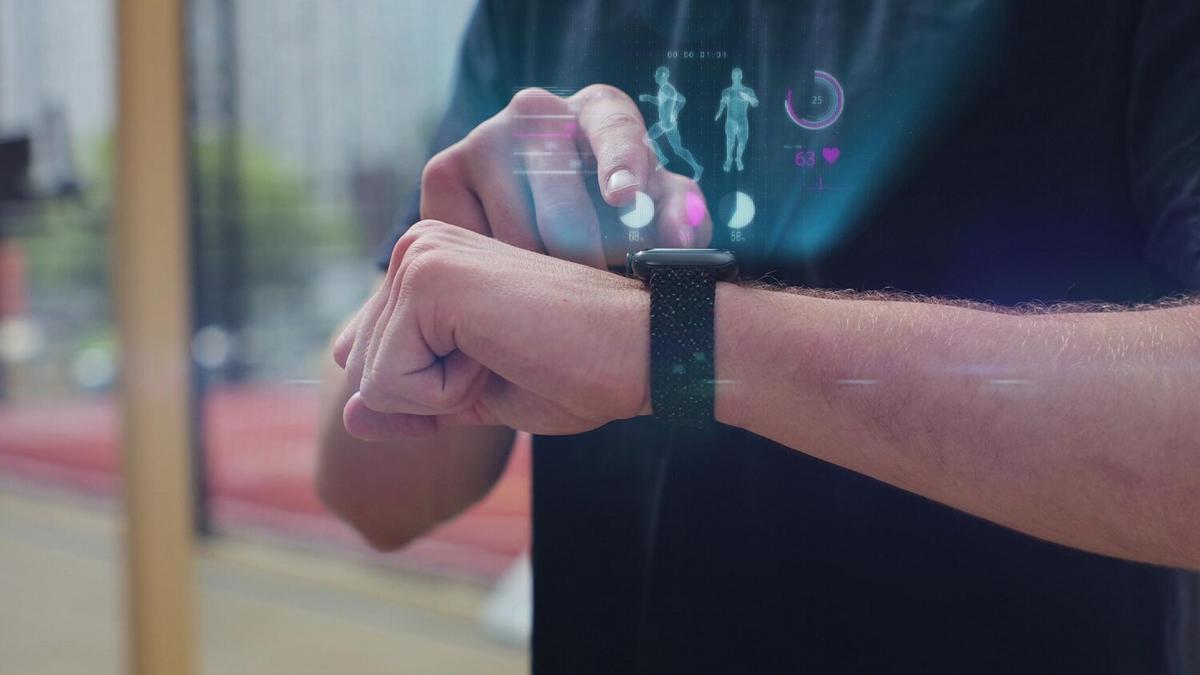
Wearable Technology: The Intersection of IoT and Health
The convergence of wearable technology and the Internet of Things (IoT) is revolutionizing healthcare by providing unprecedented insights into our health and well-being. These innovations are not just gadgets but pivotal tools that integrate seamlessly into our daily lives, offering real-time data and personalized health solutions.
Wearable technology stands at the forefront of health innovation, bridging the gap between cutting-edge technology and personal health management. By integrating IoT, these devices are capable of collecting, analyzing, and transmitting data, thereby enhancing our ability to monitor health metrics with ease.
The Power of Wearable Technology in Health
According to a report by Statista, the global market for wearable technology is forecasted to reach $87 billion by 2023, indicating a robust growth trajectory. This surge is driven by an increasing awareness of health and fitness, coupled with advancements in IoT.
Expert Insights
Dr. Emily Wong, a leading expert in digital health, notes, “Wearables are transforming healthcare by providing continuous health data, which is invaluable for both preventive and personalized medicine.”
Real-Life Applications
Consider the story of Mark, a fitness enthusiast who uses a wearable device to track his heart rate and sleep patterns. Through consistent monitoring, Mark discovered irregularities in his sleep that prompted him to consult a healthcare provider, potentially preventing a more serious condition.
Actionable Tips for Maximizing Wearable Technology
- Set Clear Goals: Define what you want to achieve, whether it’s improving fitness, tracking sleep, or managing a chronic condition.
- Regular Monitoring: Check your data regularly to understand trends and make informed decisions about your health.
- Consult Professionals: Use your data as a basis for discussions with healthcare providers to enhance your health strategies.
Pro Tip: Ensure your wearable is updated with the latest software to benefit from new features and improved accuracy.
Comparing Wearable Devices
| Device | Features | Battery Life | Water Resistance |
|---|---|---|---|
| Smartwatch A | Heart Rate, GPS, Notifications | 24 Hours | Yes |
| Fitness Band B | Step Tracking, Sleep Monitor | 7 Days | No |
| Smart Ring C | Heart Rate, Sleep Analysis | 5 Days | Yes |
| Health Patch D | ECG, Temperature | 48 Hours | No |
| Smart Glasses E | Navigation, Notifications | 8 Hours | No |
| Clip-on Tracker F | Step Counting, Calorie Burn | 10 Days | Yes |
| Smart Clothing G | Heart Rate, Posture | Varies | Yes |
| Sleep Headband H | Sleep Tracking, Meditation | 3 Days | No |
Frequently Asked Questions
How does IoT enhance wearable technology?
IoT enables wearables to connect with other devices and platforms, facilitating seamless data transfer and integration.
Are wearable devices accurate?
While not as precise as medical-grade equipment, wearables provide valuable trends and insights that are useful for personal health monitoring.
Can wearables replace regular medical check-ups?
No, they are complementary tools designed to enhance personal health management, not substitutes for professional medical advice.
In conclusion, wearable technology at the intersection of IoT and health offers a promising future for personal health management. These devices not only empower individuals with actionable health insights but also pave the way for more personalized and preventive healthcare solutions. As technology continues to evolve, it’s essential to embrace these innovations and incorporate them into our daily lives for better health outcomes.


